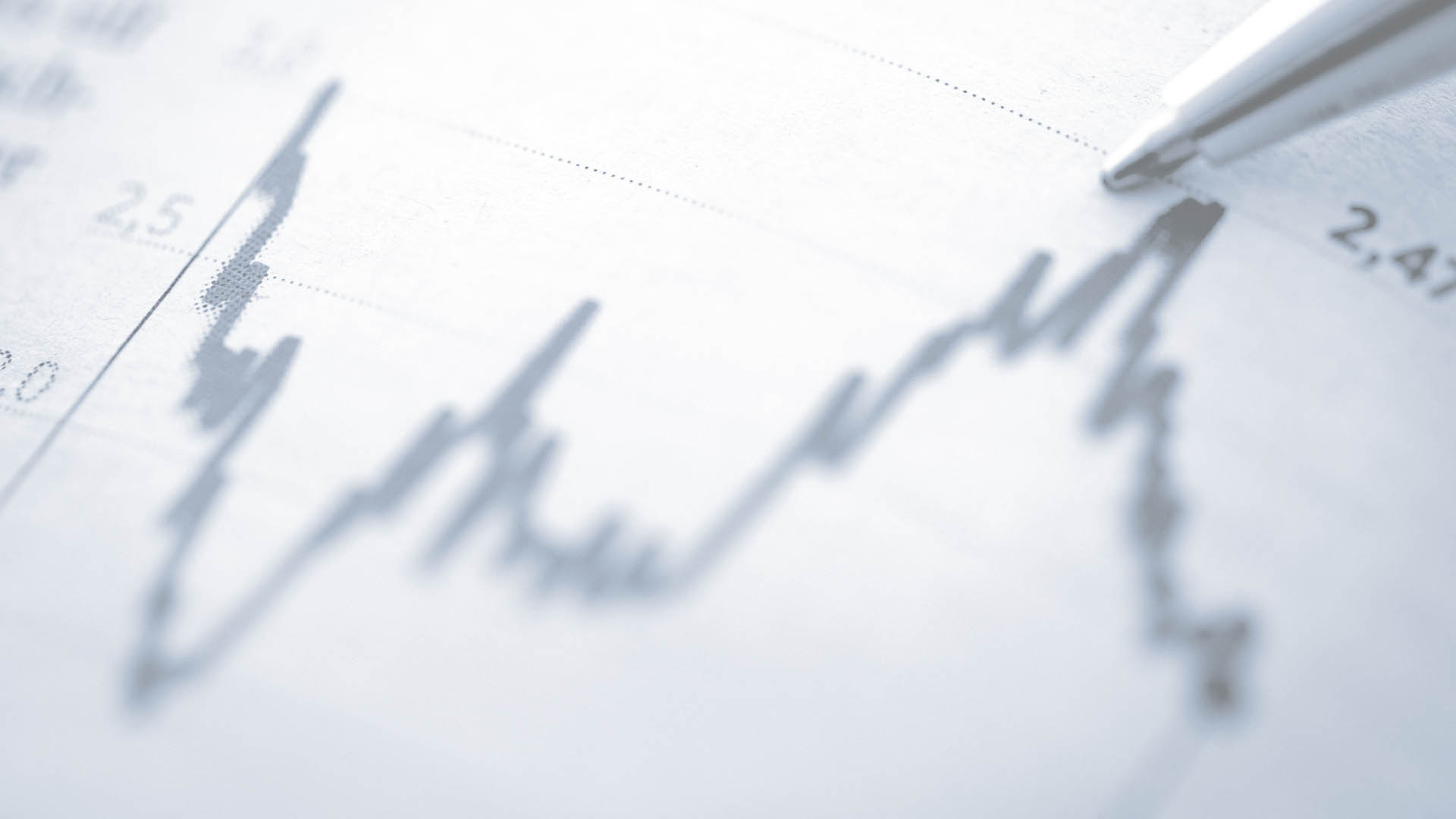Global Equities - Buy, Sell Or Hold?
View PDF
We would like to provide a perspective on the current volatility in a historical context and we advocate for a long-term investment horizon instead of a short-term and more newsdriven investment approach.
A long investment horizon is key
If you and your financial advisor have established that you have financial capacity to own equities, it is important to remember that the possibility of profiting from long-term returns is better with a long-term investment horizon and a constant exposure to the market.
Figure 1 illustrates how much an investor in the US equity market would have gained by being invested continuously over the last 50 years – approximately 10,000 trading days on the exchange – compared to the return, if one were not invested for the best 10, 20, 30, 50, 75, and 100 days, respectively (please see figure 1 in the PDF-version). As illustrated, the return is down by 50% without the 10 best days and completely gone without the 75 best days (which is less than 1% of all trading days). But who knows ahead of time which days these will be? Times of turbulence often collide with macro-economic uncertainty. And if you had avoided the worst 10 days over the last 50 years, returns would have been almost tripled. But again – how to know which days these will be? Therefore, the best advice is to take a long-term perspective and hold an equity position over many years.
When should one buy and sell?
Equity investment naturally depends on individual factors. A simple and efficient strategy is to buy consistently and systematically at predefined periods. This takes away the drama of the process. Alternatively, one could take a more opportunistic approach and adjust exposure up and down over time. In this difficult discipline that has humiliated many experts over time, it is possible to study the equity market history before buying or selling.
Equity market history
Although history rarely repeats itself, it often rhymes. Waiting for the famous 10% correction and then buying afterwards may be a humiliating and frustrating experience like “Waiting for Godot” as a spectator to a long-term upswing. 10% corrections rarely happen in bull markets – where there are more good days than bad days in the market – which is exactly the time you wish to be exposed to equities.
Large equity market declines often take place in relation to economic downturns, especially when a decline in the US economy strikes hard. The combination of higher interest rates and the so-called inverse yield curve (when the short interest rate is higher than the long bond rate) in the US has proven a very important indicator. In the present environment, interest rates are still low and although the yield curve is significantly flatter than earlier, it still positive. This speaks for a continued constructive investment environment.
Similar historic situations like today, where we are late in the cycle with higher interest rates, are often related with large market fluctuations, but also with possible continued gains. One extreme example is the situation in the late 1990’s.
Throughout the 1990’s, equity markets soared. Southeast Asian tiger economies also saw large foreign investments and solid growth, but also heavy borrowing. Problems in the property sector combined with a high dollar debt load, led to Thailand having to let go of the peg to the US dollar in 1997, just as several other countries saw a devaluation of their currencies. This caused a longterm global domino effect. In August 1998, the political crisis and low oil prices put Russia in a position unable to repay its debt. The renowned hedge fund company Long-Term Capital Management L.P. (LTCM), driven by Nobel Prize-winning economists, had more than USD 140 billion worth of investment assets through leveraged positions. Unfortunately, the company had highly leveraged illiquid positions in Russia and LTCM lost 15% in just one day. The greatest fears were that 50 counterparties, which had lent money to LTCM, would also run into trouble. This forced the US Federal Reserve Bank and a series of other major banks to invest in LTCM to avoid short-term forced selling that could create further big problems for not only the financial system but for the entire global economy.
The heavy turbulence was followed by one of the strongest rallies in the history of equity markets with the broad US market rising 47% and NASDAQ rising 170% in just 18 months – from October 1998 to March 2000.
A need for tactical risk balancing to analyse
The equity market history is fascinating to explore and although history rarely repeats itself, it often rhymes. In response to being in the late stage of a long-term upswing, throughout 2018, we have made ongoing risk balancing decisions to prepare the portfolios for more volatile environments. In the global portfolio, we have added exposure to the more stable growth companies and reduced the exposure to cyclical companies, including banks and the most highly valued companies.
With this tactical risk balancing, we as long-term investors are ensuring a continued important exposure to attractive and structural growth themes, while reducing risk in light of a more short-term and unpredictable environment. Although we are late in the economic cycle, some companies still have very good longterm growth opportunities. This is our most important focus and the inherent value of active asset management.

